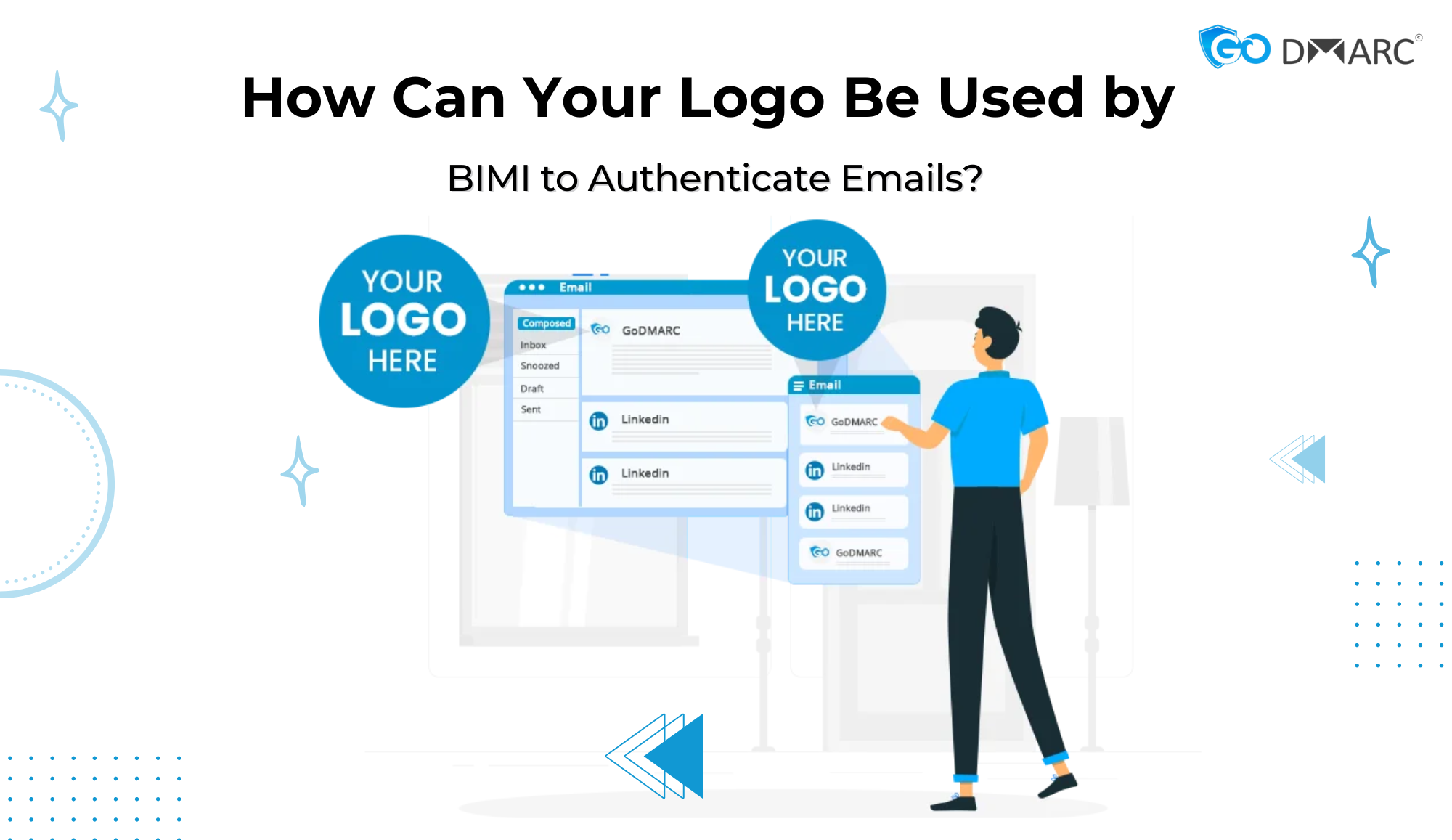Introduction
Email security and authentication have become critical aspects of digital communication, especially as cyber threats continue to evolve. One of the most effective ways to enhance email security while improving brand recognition is by implementing Brand Indicators for Message Identification (BIMI). BIMI is an emerging standard that allows brands to display their official logos next to authenticated emails in a recipient’s inbox. This helps businesses establish credibility, improve email engagement, and provide an extra layer of protection against phishing attacks.
In this guide, we will delve deep into what BIMI is, how BIMI records work, their benefits, and the steps required to implement them successfully.
What is BIMI?
Brand Indicators for Message Identification (BIMI) is an email specification that enables brands to display their logo beside emails that pass authentication checks. BIMI is not an independent security protocol; rather, it works alongside existing email authentication standards such as SPF (Sender Policy Framework), DKIM (DomainKeys Identified Mail), and DMARC (Domain-based Message Authentication, Reporting, and Conformance).
The primary goal of BIMI is to provide visual verification of the sender’s authenticity, thereby boosting email engagement rates and reducing the likelihood of fraudulent emails reaching users. BIMI helps recipients recognize trustworthy emails by displaying an official logo instead of a default or blank image.
Understanding BIMI Records
A BIMI record is a TXT record added to the Domain Name System (DNS) that defines where the logo of a verified sender is stored. This record points to a location where an SVG version of the brand’s logo is hosted. Additionally, the record must meet specific security requirements, including compliance with DMARC policies.
A typical BIMI record follows this format:
v=BIMI1; l=https://example.com/logo.svg; a=https://example.com/certificate.pem;Components of a BIMI Record:
- v=BIMI1 – Specifies the version of BIMI being used.
- l=URL – The location of the brand’s logo in SVG format.
- a=URL – The location of the Verified Mark Certificate (VMC), which proves the legitimacy of the logo.
How BIMI Works
BIMI operates as an additional layer of email authentication that functions in conjunction with SPF, DKIM, and DMARC. Here’s how the process unfolds:
- Email Authentication – The email sender must configure and enforce DMARC policies on their domain.
- BIMI Record Check – When an email is received, the recipient’s email server queries the BIMI record from the sender’s domain.
- Logo Retrieval and Verification – If the DMARC policy is in place and passes verification, the server retrieves the logo from the specified URL.
- Displaying the Logo – The verified logo is displayed alongside the email in the recipient’s inbox.
Benefits of Implementing BIMI
1. Enhances Brand Recognition
BIMI allows businesses to showcase their logos directly in users’ inboxes, reinforcing brand identity and trustworthiness.
2. Boosts Email Engagement
When recipients recognize the sender’s brand logo, they are more likely to open and engage with emails, leading to higher conversion rates.
3. Strengthens Email Security
Since BIMI requires a strict DMARC policy, it helps prevent email spoofing, phishing attacks, and domain impersonation.
4. Improves Email Deliverability
A properly configured BIMI record enhances email credibility, reducing the chances of emails being marked as spam.
5. Creates a Consistent User Experience
Displaying a recognizable logo in email inboxes provides a seamless and trusted experience for recipients.
Steps to Implement BIMI
Step 1: Configure SPF, DKIM, and DMARC
Before setting up BIMI, ensure that your domain has properly configured SPF, DKIM, and DMARC records. The DMARC policy must be set to p=quarantine or p=reject for BIMI to function.
Step 2: Design an SVG Logo
Your brand logo must be in an SVG format and comply with BIMI specifications. This ensures that the logo is scalable and can be displayed correctly in email clients.
Step 3: Obtain a Verified Mark Certificate (VMC)
A Verified Mark Certificate (VMC) is required to authenticate and verify the legitimacy of your brand’s logo. VMCs are issued by authorized certificate authorities such as DigiCert and Entrust.
Step 4: Publish the BIMI Record in Your DNS
Once you have the required logo and VMC, create and publish a BIMI record as a TXT record in your domain’s DNS.
Example of a BIMI record:
v=BIMI1; l=https://yourdomain.com/logo.svg; a=https://yourdomain.com/vmc.pem;Step 5: Test Your BIMI Record
After publishing the BIMI record, use a BIMI Record checker to validate the configuration. This ensures that the record is correctly set up and will function as expected.
Step 6: Monitor and Optimize
Regularly monitor email deliverability and authentication reports. Adjust settings if necessary to improve BIMI performance.
Common Challenges and Solutions
1. DMARC Policy Not Set Correctly
- Ensure that your DMARC policy is p=quarantine or p=reject.
- Use a BIMI Record checker to confirm compliance.
2. Incorrect Logo Format
- Use an SVG format that follows BIMI standards.
- Avoid using unnecessary elements like embedded fonts.
3. Issues with VMC Certification
- Obtain VMC from an authorized certificate provider.
- Ensure the certificate matches the domain and logo.
4. Email Clients Not Displaying BIMI Logo
- Not all email providers support BIMI yet. Gmail, Yahoo, and Fastmail have adopted BIMI, but others may not.
Future of BIMI
BIMI is expected to become a standard in email authentication as more businesses and email providers adopt it. With the rise in phishing attacks and the increasing importance of brand trust, BIMI offers a valuable solution for businesses seeking to protect their email communications.
Conclusion
BIMI is a powerful email authentication tool that enhances brand visibility, improves security, and boosts email engagement. By implementing a BIMI record and verifying it using a BIMI Record checker, businesses can ensure their emails are authenticated and trusted by recipients.
If you haven’t yet configured BIMI for your domain, now is the perfect time to take advantage of this authentication standard and enhance your email communications.




